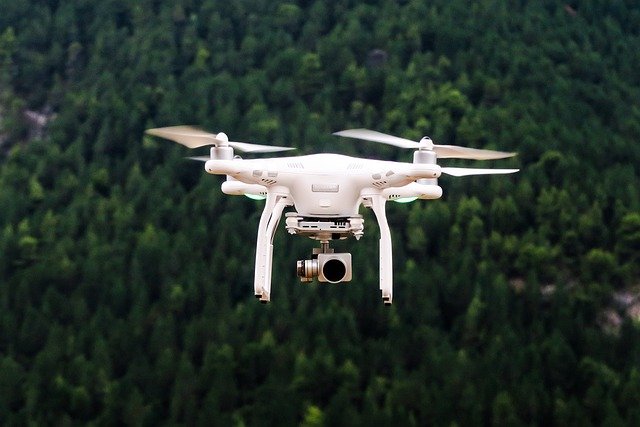Drone Pilot Training: How to Build a Professional Aerial Photography Career
Becoming a skilled drone pilot opens doors to creative aerial photography and varied commercial opportunities. Proper drone pilot training combines flight fundamentals, safety rules, camera operation, and business-ready workflows. Whether you want stunning landscape photography or a reliable career capturing real-estate, inspection, or event imagery, structured training helps you move from hobby flights to repeatable, high-quality work that meets legal and client expectations.

Drone training: what to expect from courses
Quality drone training covers aircraft systems, flight controls, preflight planning, emergency procedures, and airspace basics. Courses range from short hands-on workshops to multi-week classroom and simulator programs. Expect ground school modules explaining regulations, weather, and risk assessment, plus practical flight sessions to develop maneuvering precision and smooth cinematic shots. Good programs emphasize safety culture, checklist use, and logging flights—skills that matter as you progress beyond recreational flying to professional scenarios.
Aerial photography skills you’ll learn
Aerial photography training teaches composition from altitude, exposure control, and motion management to avoid jitter and rolling shutter artifacts. You’ll learn how lens choice, shutter speed, and frame rates affect video and still imagery, plus techniques like bracketing and HDR for high-contrast scenes. Trainers also cover planning shots for storytelling, using waypoint missions for consistency, and post-flight workflows for color grading and geotagging. Practical exercises help you translate ground-based photography instincts into compelling aerial perspectives.
Photography fundamentals every pilot should master
Even as a pilot, strong photography fundamentals matter: understanding light, framing, and subject isolation improves outcomes dramatically. Training reinforces ISO, aperture, and shutter priority choices specific to drones, plus how to use ND filters and polarizers to manage exposure. Composition rules—leading lines, rule of thirds, and negative space—apply from the sky but require adaptation for altitude and perspective distortion. Mastery here makes your imagery more marketable across industries like real estate, tourism, and creative services.
Becoming a licensed drone pilot: requirements and steps
Moving from casual flying to professional work typically means meeting local or national licensing and registration rules. Training programs often prepare candidates for remote pilot exams and teach documentation practices like maintaining maintenance logs and insurance records. You’ll learn how to complete airspace authorizations and file operational risk assessments where required. Licensing requirements differ by country, so confirm relevant aviation authority guidelines for certification, operational limits, and any recurring training or currency standards in your jurisdiction.
Building a drone career and finding local services
A drone career blends technical skill with client-facing services: aerial photography for real estate, inspections, surveys, events, and marketing content. Training programs frequently include business modules on pricing, contracts, and client expectations, and they may point you to local services such as flight schools, equipment retailers, or industry associations. Networking with local services and joining pilot communities helps you find freelance gigs, subcontract opportunities, or partnerships with photographers, surveyors, and media agencies in your area.
Conclusion
Drone pilot training bridges the gap between curiosity and a dependable aerial photography or inspection practice. By combining flight proficiency, photographic technique, regulatory compliance, and business know-how you position yourself to deliver professional results. Thoughtful, ongoing practice and staying current with technology and rules will keep your skills marketable and your operations safe as you develop a sustainable pilot career.






